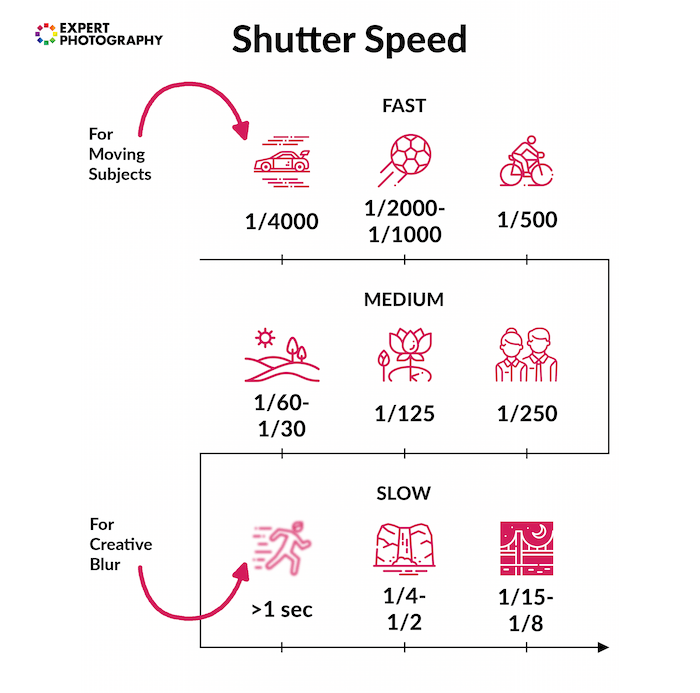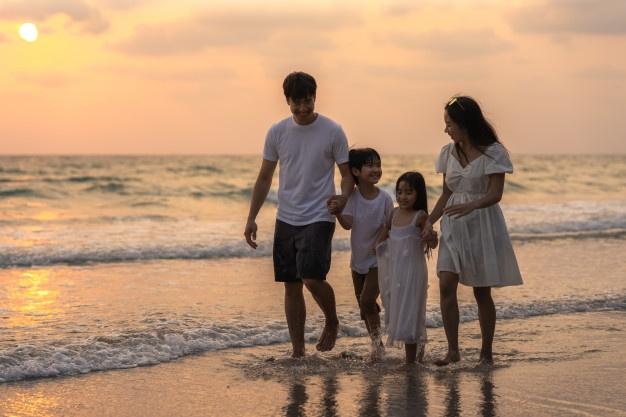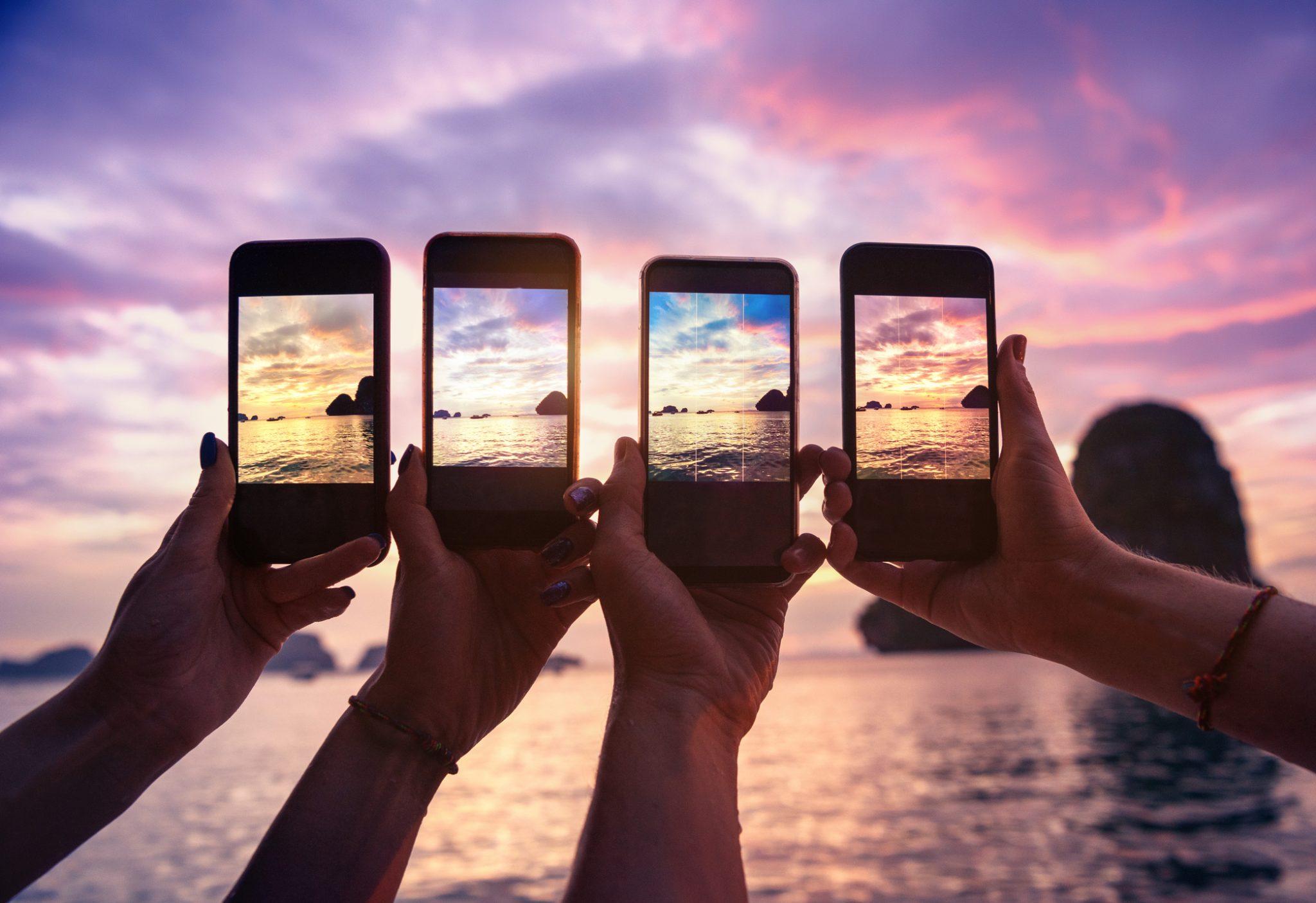
There are many types and styles of photography. These include Nature and Still life photography, as well as product photography. While each one is unique, all three can be extremely rewarding. Here are some examples of inspiration photos. More information about these types of photography can be found here. If you're interested in becoming a professional photographer, read on to discover more about each of them. These styles will help you choose the best one for you.
Nature photography
Photographing nature requires patience. You must be ready to wait several hours or even days for the perfect shot. You should be able recognize random shapes, textures and colors in the landscape. This is because the world you are photographing has a lot of living creatures. It's better to use RAW mode if you don’t want to disturb the creatures.
Night photography
Light is a major challenge in night photography. To capture the moment, you can use a remote shutter or a timer. A night photo may also benefit from streetlights. The effect of streaks from light coming from cars can be achieved by long exposures. A long shutter speed can be used to capture reflections on water if you have access a studio that has a high-quality light.

Still life photography
There are many lenses that work well for still life photography, but not all of them. For example, a telephoto lens will behave differently to a 50mm lens. Also, a telephoto lens will distort the image more than a prime lens. As these can lead to perspective problems, a telephoto lens or a wide angle is best. Still life photography with a Telephoto Lens is very different to regular landscape and cityscape photography.
Photographs of product
The simple studio shot of the product with a white background is the best type of product photography. This type of photo is the simplest and least expensive. You can fill your canvas with white with Photoshop, or purchase a seamless backdrop from an online stock image gallery. You should ensure that the lighting conditions are right for your subject when you are in the studio. The backdrop can make all the difference when it comes to the final outcome of the photograph.
Portrait photography
There are several fundamental differences between street photography versus portrait photography. Street photography is about choosing the background and subject before taking the picture. Portrait photographers have to take into account the subject's pose as well as the background. The most effective portraits focus on the closest eye of the subject. A good portrait photographer should be able to find the perfect shot and capture different options for the photo. Documentary style portraits focus on capturing natural emotion. They can be more complex and often include props like flowers and hats.
Real estate photography
Real estate photographers must adjust their camera settings for each property to ensure they are able to capture the correct lighting conditions. For instance, an enlarged aperture setting can be used to highlight a specific architectural detail, while a smaller one can focus on the entire room. These techniques work well together and can be combined to add nuance and beauty. Real estate photographers need to be flexible in order to offer tips and advice for setting up a shoot.

Food photography
You can make a living as a food photographer and food enthusiast. Food photography requires different skills than other forms of photography. Food photography is mostly used for commercial purposes. It requires the capture of the right angle and lighting to show the food to its full potential. Food photography is a different kind of photography than the typical Instagram photos.
Astrophotography
A tripod is the best option for astrophotography photography. Tripods reduce camera motion and minimize camera shake. A tripod can allow you to capture images for as much as one minute without the camera moving. You can adjust the height of your tripod to capture the night sky in very early hours. You should take some test shots to determine which settings produce the best results.
FAQ
Do I Need A Tripod?
This is one question that everyone wants to know. While a tripod isn’t necessary every time, it is useful.
A tripod allows you to stabilize your camera when taking photos at slow shutter speeds. A tripod is a great option for landscapes and other stationary subjects.
On the other hand, if you're photographing moving subjects such as sports or people, using a tripod can cause blurriness. What are the best ways to determine which situations you need a tripod for?
A tripod can be useful in any situation where you need to capture fast action or stationary subjects. Examples include:
-
Sports
-
People
-
Landscapes
-
Close-ups
-
Macro shots
You can use this test to determine whether you need a tripod. Hold your camera still and look through the viewfinder. You will need a tripod if you see blurred lines and movement.
If there isn't blurring you won't notice any benefit from adding a tripod.
These are just a few tips to help you decide whether or not to purchase a tripod.
-
Your tripod should have smooth legs. This helps to prevent vibrations from shaking the camera.
-
Choose a sturdy tripod. Some tripods can be made out of plastic but they are not very durable. You should opt for a steel tripod.
-
You might consider purchasing a remote control. This allows you to control your camera remotely. You can set it to fire the shutter once you press the button automatically.
-
Make sure to look for a tripod that rotates 360 degrees. This makes it easier for you to position your camera horizontally, or vertically.
-
Keep in mind that tripods aren't cheap. Expect to spend between $100 and $200. However, you'll get lots of value for your dollar.
-
Accessories like memory cards and filters should not be forgotten.
-
Check your local stores before buying online. Many retailers offer free shipping.
-
Check out customer reviews to learn what they think about a product.
-
Ask family members or friends to share similar products.
-
You can learn from customers' experiences by visiting message boards and forums.
-
You can search online for reviews from other users.
-
Amazon.com makes it easy to compare prices and see customer feedback.
-
See photo galleries to see some of the creative uses for tripods by photographers.
Cameras for Sale
You can find many places online to buy cameras. B&H Photo Video is a reliable retailer. They have knowledgeable staff to answer your questions.
B&H ships quickly and securely to make it easy for you to get your order to your door.
Check out this video to learn more about purchasing cameras.
Is photography a job that is rewarding?
Photography is an artistic form that allows one to capture and share moments in time. It is also a great way to make money if you are willing to put in the hard work. If you want to become a professional photographer, there are many ways to do this. You can start by taking photos as a hobby for family and friends. This will allow you to build confidence and improve your photography skills. Once you have completed this stage you can move on and take on paid assignments. The best photographers make a living by their art. Sometimes they travel with clients to capture images of people having fun at events like weddings or parties. Most professionals prefer to photograph commercial projects, such as product shots and advertisements.
You can only be successful if you know what type of photography is your favorite. Continue to practice, experiment and learn new techniques until your skills are perfected. It is impossible to replace the experience of being in this position. Don't expect instant success.
Begin with technical skills, before moving on to creativity. Photography has both artistic and technical elements. It is important to learn the basics of composition and how to use the correct tools.
You should also consider whether you want to pursue a career in photography full-time or part-time. Many people combine their passion for photography and other jobs. One example is working at a local magazine or newspaper while taking on freelance assignments. Others may choose to devote their whole time to photography. Whatever your creative choice, you will need to be dedicated and committed to success in every field.
You will need to put in a lot of effort and time if you are serious about a career as a photographer. Consider carefully if you truly want to devote your time to such a career.
How can I be a great photographer?
Photography is an art form that requires patience, dedication, passion and dedication. Passionate about photography will make you do better than if it was just for the money.
You should learn how your camera works. You need to be able to comprehend composition, lighting, exposure, depth-of-field, and other aspects of photography. A basic understanding of Photoshop is essential.
Photographing is not an easy task, but once you have mastered it, there is nothing more satisfying than creating images that capture moments that are lost in time.
You can improve your skills by reading books, attending classes, and participating in competitions. This way, you will gain experience and confidence, leading to improvement. What equipment do you need?
It really depends on what kind of photography you like to do. If you're interested in landscape photography, for example, you'll need a wide-angle lens.
A telephoto lens will be a must if you are interested in portrait photography.
Photographers need a tripod. It allows you to stand back and compose your picture without moving around.
A camera bag can be used to carry your camera, memory cards, or other accessories.
If you are using a compact lens, a flash is needed.
An DSLR (Digital Single Lens Reflex) is the best camera for beginners wanting to take professional quality photographs.
DSLRs are very popular because you can control every aspect of the photo including shutter speed, apertures, ISO sensitivity and white balance. These cameras also offer a variety of features, such as autofocus (auto-exposure locking), self-timer bracketing and RAW format.
Statistics
- There are people out there who will pick at flaws they can only see in 100% crops of your photos. (wikihow.com)
- That's the easiest way to get blurry photos 100% of the time. (photographylife.com)
- This article received 13 testimonials, and 100% of readers who voted found it helpful, earning it our reader-approved status. (wikihow.com)
- The second easiest way to get blurry photos 100% of the time is to use a cheap filter on the front of your lens. (photographylife.com)
External Links
How To
What are the essential skills required to be a professional photographer?
Technical knowledge, artistic ability and business acumen are the essential skills needed for any job in photography.
Technical knowledge includes the ability to understand exposure settings, camera functions and lens types.
Artistic ability involves understanding composition, lighting, and posing and knowing how to use Photoshop and other editing software.
Business acumen includes budgeting, scheduling and time management. It also involves dealing with clients.
You should be interested in photography as a hobby from an early age if you wish to be a professional photographer.
You can learn about photography by taking classes at school or college or through online courses.
There are many books that cover all aspects photography.
As well to learning about photography, it is important to develop your own style.
This will allow you to stand out from other professionals in your field.
Photography has changed over the years. In the past there were cameras like the Kodak Instamatic camera or Polaroid instant cam.
Digital cameras are now more popular than ever. These days most photographers use their smartphones to take photos.
You can get a smartphone that captures high-quality pictures, but if photography is your passion, you must invest in a DSLR camera (Digital Single Lens Reflex).
You can control all aspects of your shot with a DSLR, such as shutter speed, aperture and ISO sensitivity.
These features enable you to create stunning photos and different effects.
These controls can also alter the mood of your image.
By using a fast shutter speed, for example you can blur the subject.
You can also make the images appear as if they are moving by increasing their light input.
A color temperature adjustment can be used to modify the mood in your image.
You can, for example, increase the red in the picture if you see a lot of blue light. This will give it a warmer look.
It may be difficult at first to determine which direction your camera should point.
But once you grasp the basics, it won't be so difficult.
It's actually much easier than it seems!
When you first start out, you will probably only shoot landscapes or close-up shots of objects.
Do not worry! As you gain experience, your ability to capture portraits and abstracts will improve.
Once you have learned the basics, it is possible to move on with more advanced subjects.
These tips will help you get started.
-
Select a location that is convenient. Find somewhere that you can enjoy your time and relax.
-
Find something interesting to photograph. Find unusual and unique things to photograph.
-
Practice lots of photos. Practice makes perfect!
-
Experiment with different angles. Your goal will dictate how you hold your camera.
-
Use different lenses. Different lenses provide different perspectives.
-
You can also shoot in low-light conditions. Photographing in bright sunlight can prove difficult.
-
Practice framing the shot. Framing is one of the most important skills when capturing an image.
-
Learn how to set up your camera settings. The best way to improve your photography is to spend time experimenting with your camera settings.
-
Continue learning new techniques. Photography can be learned in many different ways. You can visit local museums, galleries and libraries.
-
Read magazines and books. The best way to learn about photography is to read books.
-
Join a club. Clubs for photographers often organize events that encourage members share their work.